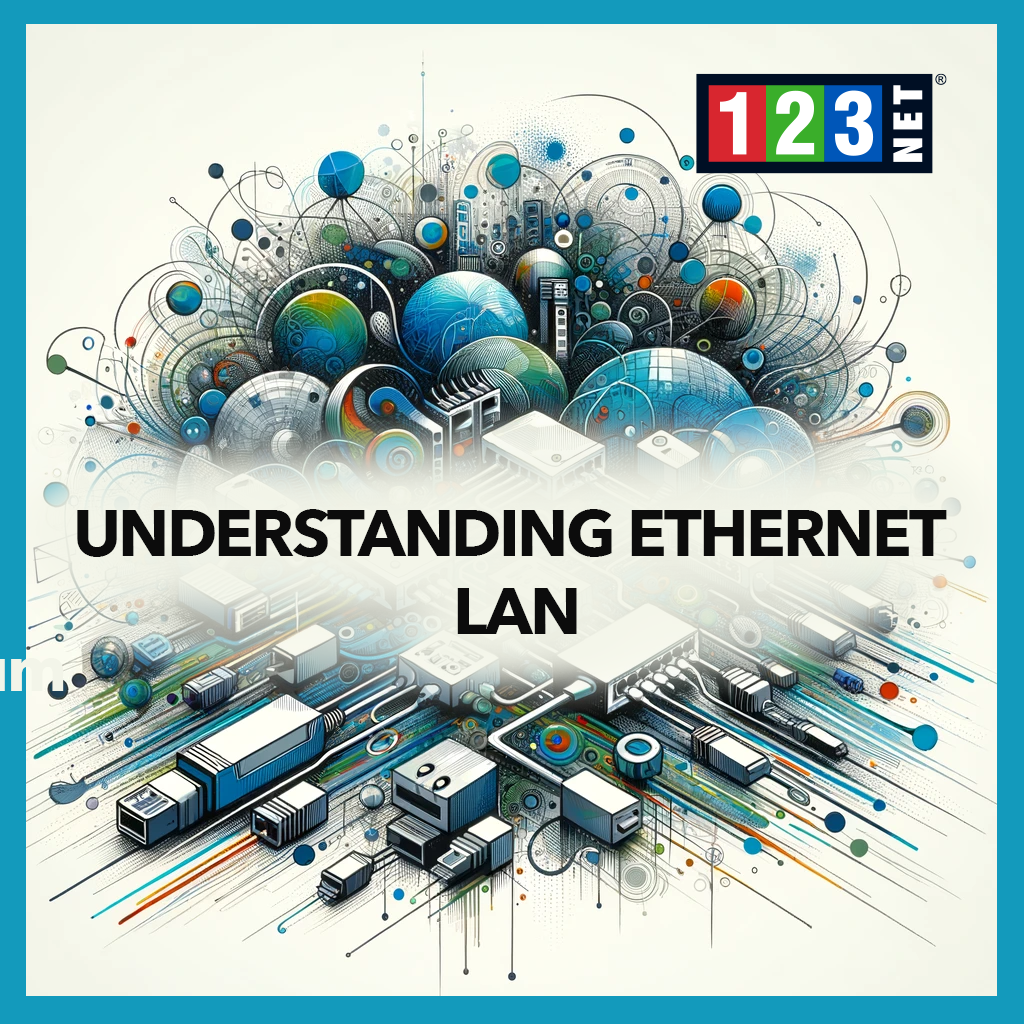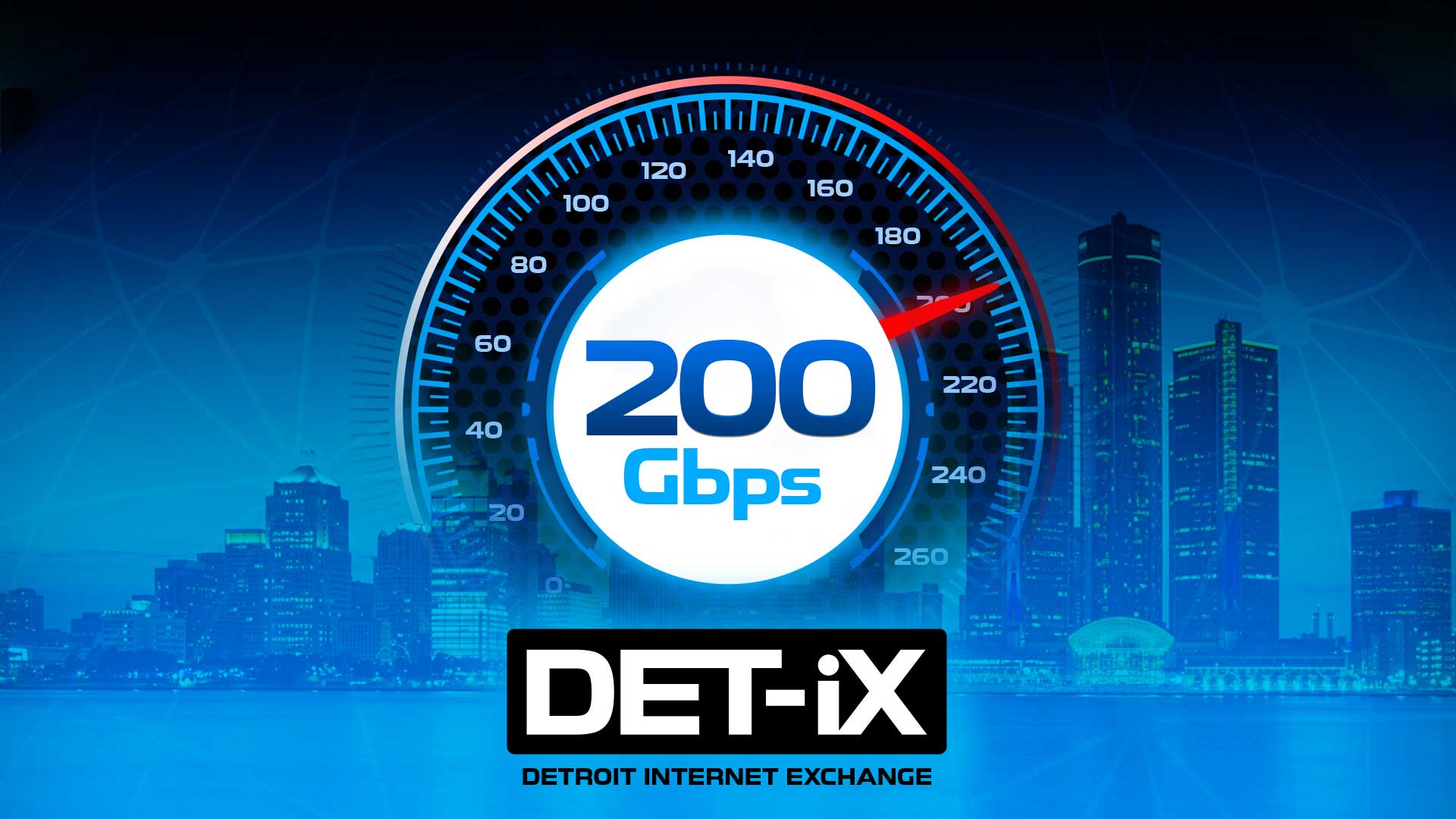
Introduction: The Integral Role of Networking Solutions in Modern Technology
In today’s fast-paced technological era, ‘networking solution’ has become a buzzword synonymous with efficiency, connectivity, and innovation. These solutions encompass a broad spectrum of technologies, strategies, and services, all aimed at optimizing the performance and management of network infrastructures. The significance of networking solutions in our current tech landscape is profound, as they are fundamental to ensuring seamless communication, robust security, and high performance in various settings, from small businesses to large enterprises.
The evolution of networking solutions reflects the dynamic nature of technology. Initially, networks were simple, localized systems. Today, they have transformed into complex structures, integrating cloud networking, network automation, and advanced security protocols. This evolution is a testament to the growing demands of a connected world where data transfer and online interactions are at the core of daily operations.
Networking solutions today are more than just a means to connect devices; they are the backbone of modern digital ecosystems. They support various applications, from basic internet access to sophisticated cloud-based services, making them indispensable in our increasingly interconnected world. As we continue to embrace digital transformation, the role of networking solutions becomes even more critical, underscoring their importance in shaping the future of technology.
Evolution of Networking Solutions
The Historical Perspective
The history of networking solutions is a fascinating journey from simplicity to complexity. In the early days, networks were limited to basic Local Area Networks (LANs), primarily facilitating simple, intra-office communications. As technology advanced, these networks evolved, embracing new paradigms like Wide Area Networks (WANs) and the Internet. This era marked the beginning of global connectivity, laying the foundation for today’s interconnected world. Wireless networking further revolutionized this landscape, offering mobility and greater flexibility. These historical milestones set the stage for the sophisticated networking solutions we see today, reflecting a trajectory of continuous innovation and adaptation to changing technological needs.
Recent Trends and Developments
In recent years, networking solutions have undergone transformative changes driven by the demands of data-heavy, cloud-based, and mobile-first environments. The emergence of Software-Defined Networking (SDN) has been a game-changer, offering unprecedented control and flexibility over network resources. Network automation has become a key trend, reducing manual intervention and enhancing efficiency. The rise of private 5G networks is poised to offer high-speed, low-latency connectivity, which is especially crucial for modern enterprises. Additionally, integrating security with network functionality, as seen in Secure Access Service Edge (SASE) models, signifies a shift towards more holistic, secure networking solutions. These developments represent advancements and a response to the ever-growing need for more robust, scalable, and secure networking infrastructures in a digitally driven world.

Types of Networking Solutions
Diverse Networking Technologies
Networking solutions today are characterized by diverse technologies, each catering to specific operational needs. At the forefront is Software-Defined Networking (SDN), a revolutionary approach that brings flexibility and control to network management. SDN allows network administrators to manage network services by abstracting lower-level functionality, a significant shift from traditional network management methods. Another key player is Network Management Solutions, which provides the tools and software necessary for monitoring and maintaining network health, ensuring optimal performance and uptime. These solutions are integral in identifying and resolving network issues, maintaining network security, and managing network resources efficiently.
Cutting-Edge Network Innovations
The landscape of networking solutions is further enriched by cutting-edge innovations like private 5G networks and Secure Access Service Edge (SASE). Private 5G networks are emerging as a powerful solution for enterprises, offering high-speed, low-latency connectivity ideal for modern, data-intensive operations. These networks provide enhanced bandwidth and improved security, making them suitable for various applications, from industrial IoT to high-density office environments. On the other hand, SASE is redefining network security by combining network and security functions into a single, unified cloud service. This convergence facilitates more scalable and flexible security architectures, which is crucial in today’s cloud-centric world. SASE models are particularly effective in addressing distributed workforces’ security challenges and the increasing need for secure remote access.

Top Networking Solutions in 2023
Overview of Leading Products
The year 2023 has witnessed the launch of several groundbreaking networking products, each setting new standards in efficiency and innovation. Advanced Software-Defined Networking (SDN) solutions offer enhanced network control and adaptability. These solutions are designed to cater to the dynamic needs of modern businesses, providing a flexible and scalable network infrastructure. Additionally, the market has seen the introduction of sophisticated network management tools. These tools are crucial for maintaining the health and performance of increasingly complex network systems, offering features like real-time monitoring, automated troubleshooting, and advanced security protocols.
Key Features and Innovations
The latest networking solutions are not just about performance; they also bring innovative features that redefine network management. For instance, integrating AI and machine learning in network solutions has led to smarter, more proactive management strategies. These technologies enable predictive analytics, automated problem resolution, and enhanced security measures. Another significant innovation is the adoption of Secure Access Service Edge (SASE) models. SASE solutions combine network and security functions to provide a comprehensive, cloud-based service that ensures efficient network management and robust security. This integration is particularly beneficial for organizations embracing remote work models, as it offers secure and seamless access to network resources regardless of location. These innovations reflect a shift towards more integrated, intelligent, and user-centric networking solutions.
Choosing the Right Networking Solution
Factors to Consider in Selection
Selecting the right networking solution is a critical decision for any organization, demanding careful consideration of several key factors. First and foremost is the assessment of the business’s specific network requirements, including the network’s size and complexity, the types of applications it needs to support, and the expected volume of data traffic. Security is another crucial aspect, especially in an era where cyber threats are increasingly sophisticated. The chosen solution should offer robust security features to protect against potential breaches. Scalability is also essential, as the network should be able to adapt to the evolving needs of the business. Additionally, compatibility with existing infrastructure and ease of integration significantly ensure a smooth transition and efficient operation.
Aligning Solutions with Business Needs
The alignment of networking solutions with business objectives is vital for maximizing their effectiveness. This involves understanding the long-term technological strategy of the organization and ensuring that the chosen solution can support these goals. For instance, a business prioritizing cloud migration would benefit from a solution that offers strong cloud networking capabilities. Similarly, organizations with a remote workforce should look for solutions that provide secure and reliable remote access. Cost is also a factor, as the solution should offer a good return on investment without straining the company’s budget. Finally, considering the level of vendor support and service is important, as reliable technical support can significantly ease the management and troubleshooting of network issues. By carefully evaluating these factors, businesses can choose a solution that meets their current needs and positions them for future success.
FAQs
What is the impact of AI on networking solutions?
AI will revolutionize networking solutions by enhancing automation, improving security, and optimizing performance management.
How does SDN change network management?
SDN offers unprecedented flexibility and control, making network management more efficient and adaptable to changing needs.
What are the benefits of private 5G networks in enterprise settings?
Private 5G networks offer high-speed, low-latency connectivity, ideal for modern enterprises requiring robust and efficient networking solutions.




